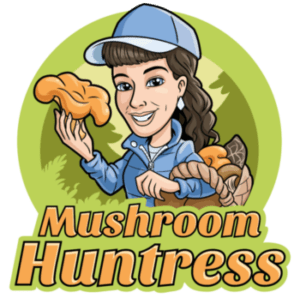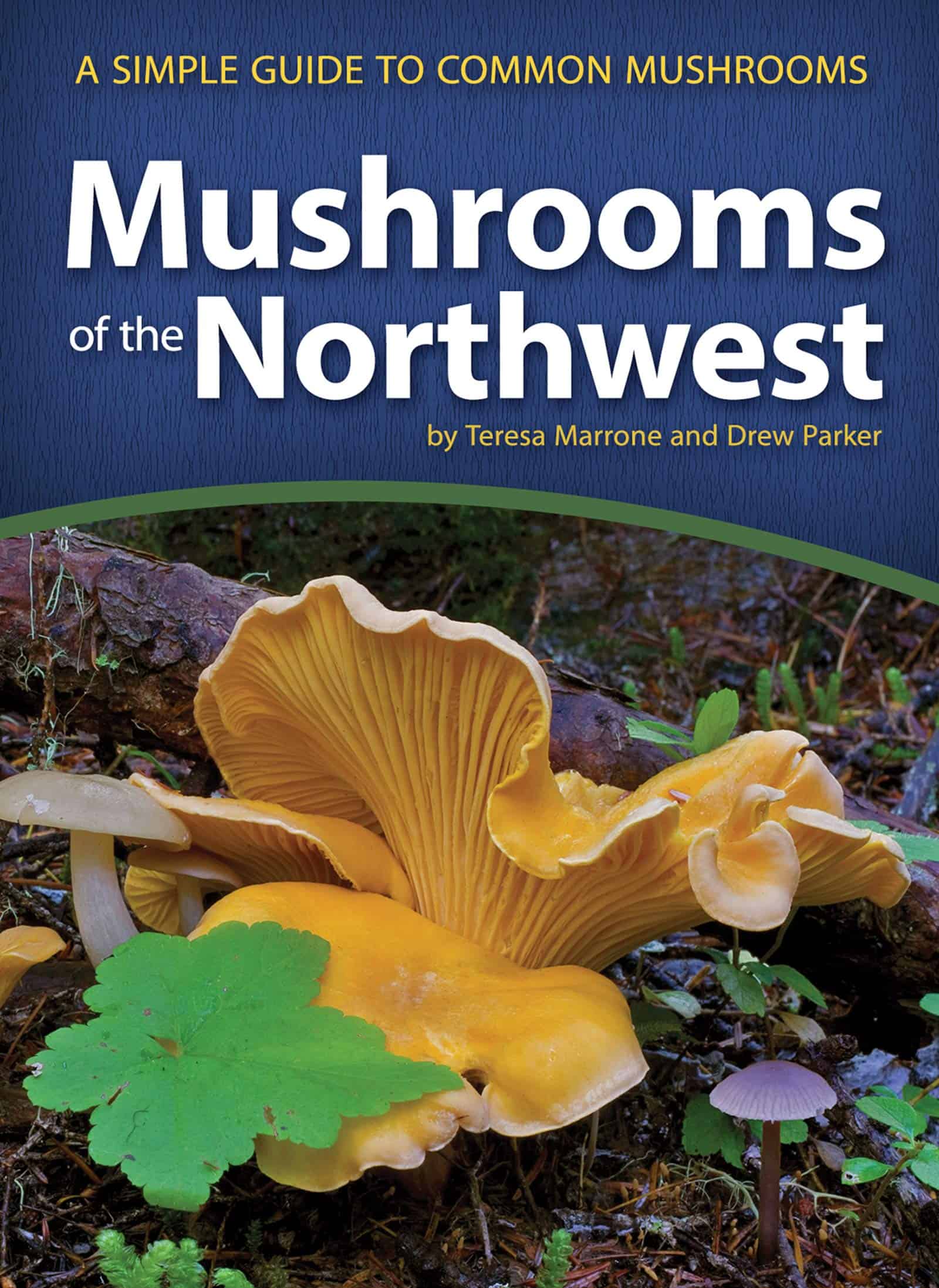Mushroom Foraging Book Recommendations
There is a lot to consider when buying a mushroom identification guide. After all, you want a good one so you can trust the ID.
With a plethora of books on the market, it is hard to know which ones are worth the money. The best guides are ones that focus regionally instead of nationally or worldwide.
Regional guides are easier to use, focused, and generally have more pictures, which is always good.
When it comes to identification, though, it is still best to have more than one book. There is no one perfect guide for everyone.
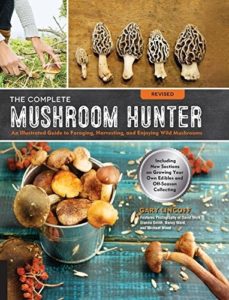
For the Love of Mushrooms
Before you even begin foraging, read Gary Lincoff’s book, The Complete Mushroom Hunter. This is not an identification book.
Instead, Lincoff shares the joys of foraging, harvesting, and preparing mushrooms through stunning photography and captivating anecdotal stories.
The Complete Mushroom Hunter is a book of love, a man sharing his passion for the fungi kingdom. It covers the characteristics of mushrooms around the world, interesting fungi lore, helpful tips based on his decades of experience, and even some recipes.
An excellent coffee table book, this is not one that you’d take out in the woods. It’s a bit oversize for that, anyways.
No mushroom foraging book recommendation list is complete without the inclusion of All That The Rain Promises and More by David Arora. Beloved by all in the foraging community, this uplifting, often amusing identification guide is also part storybook.
It’s an older book, focused on west-coast mushrooms, but the pictures and identification notes hold up quite well over time as do the tales of foraging.
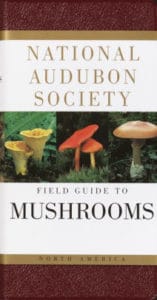
Best All-Around Guide
The National Audubon Society’s Field Guide to North American Mushrooms is dense, comprehensive, and easy to throw in a backpack. As an all-around guide, it does okay. The pictures leave a lot to be desired; it’s obvious the book was published in the 1980s. There aren’t enough of them, and they aren’t as clear or focused as one would like.
Written by Gary Lincoff (also the author of The Complete Mushroom Hunter listed above), the information is useful, and it gives the beginner a good starting point. More advanced foragers will quickly become frustrated. However, it is still a good book to have on the shelf for cross-reference.
Regional Guides
For Pacific Coast foragers, Mushrooms of the Pacific Northwest by Steve Trudell and Joe Ammirati is a favorite. It gets mixed reviews because it doesn’t include notes on edibility in the descriptions and relies heavily on Latin names.
If you’re looking for an easy beginner’s guide to foraging edible mushrooms, this is probably not for you. However, it is an excellent identification guide for all Pacific mushrooms with beautiful photography.
Mushrooms of the Southeast is a comprehensive, easy-to-use field guide written by Todd F. Elliott and Steven L. Stephenson. The pictures, specifically, are wonderful, including gills, caps, stems, and the environment. It’s a rare book that has such quality images, and they are greatly appreciated.
Teresa Marrone’s regional mushroom guides are excellent. These guides are small, easy to throw in a backpack, have excellent photos, and are accessibly written.
Not overly technical, they are especially perfect for beginners. Each guide covers around 400 mushrooms in each region. They’re not comprehensive, by any means, nor are they perfect, but are ideal for on the trail.
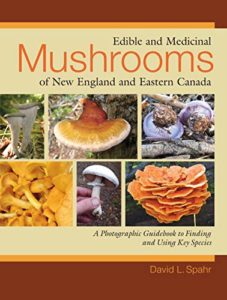
Edible and Medicinal Mushrooms of New England and Canada, by David Spahr, contains excellent, easy-to-understand descriptions accompanied by incredible photographs. As is made clear by the name of this book, it does not include all mushrooms – only the edible and medicinal. It may not be as comprehensive as some would like.
People learn in different ways. An identification book that doesn’t work for others may be perfect for you. Search all the ones about species in your area and determine the best for your particular needs.
Whatever you do, though, don’t be haphazard about identifying mushrooms. Get a good book, or five, learn how to cross-reference, and consult the experts. Happy foraging!
